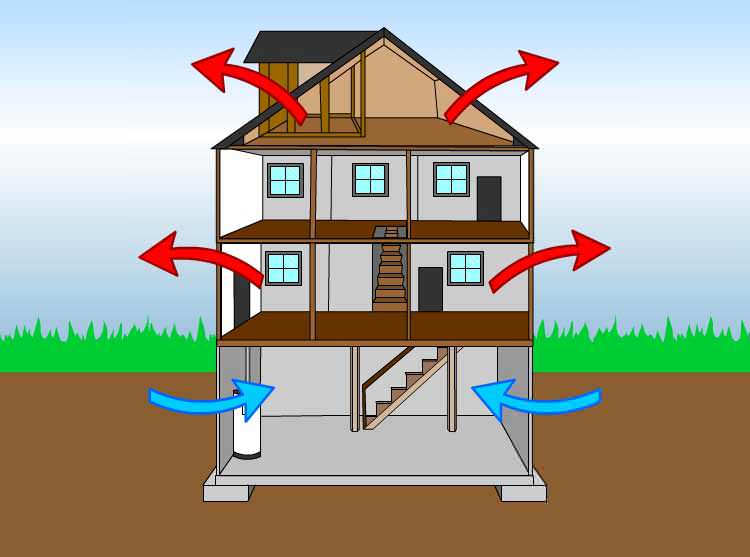Mold is a fungus that can spread easily in homes when there is a lot of moisture in the air. It spreads by dispersing spores into the air, where they can eventually land and germinate on other substrates. Mold’s impact on a home’s structure is frequently overlooked despite its widespread association with health risks. Homeowners must understand the effects of mold in their homes on the building’s structure in order to take preventative steps and deal with mold problems as soon as they are discovered. Hire a professional like Atlanta Mold Testing to perform thorough inspection of your home and perform preventative measures.
Moisture and mold growth:
Understanding the connection between moisture and mold growth is crucial for realizing the damage that mold can wreak on a home’s framework. To thrive, mold needs a humid environment, and once it finds one, it quickly colonizes nearby surfaces including walls, ceilings, and even structural elements. Leaks, water damage, or high humidity can all contribute to a more favourable environment for mold growth.
Weakening of structural materials:
Mold prefers organic materials, and many building components, such as insulation and drywall, contain organic chemicals that provide perfect breeding grounds for mold. Materials like wood, drywall, and insulation are especially at risk. When mold colonizes a surface, it secretes enzymes that digest organic matter, weakening the material’s overall framework. This can wear down support beams and weaken foundations, among other structural problems, over time.
Deterioration and rotting of wood:
Mold loves to eat wood, a popular building material. Mold spores can land on wood and feed on the cellulose it contains as they multiply. The result of this process is rot and decay in the wood, which weakens the structure. In extreme circumstances, it may require the costly replacement of damaged timber components.
Compromised indoor air quality:
Mold can have an indirect effect on the quality of indoor air by damaging structural materials. Airborne mold spores, mycotoxins, and other VOCs produced by mold can be hazardous to people’s health if they breathe them in. Those who live there are at risk for developing respiratory problems, allergies, and other health issues.
Impact on insulation:
The effect on insulation is significant since proper insulation is fundamental to a pleasant indoor climate and cost-effective use of energy. Insulation materials, which are frequently put in attics or crawl spaces, are susceptible to mold growth and may become ineffective as a result.
Energy bills go up because the HVAC system has to work harder to maintain a comfortable temperature when insulation is contaminated with mold and loses its insulating properties. Inadequate insulation can also cause condensation, which provides even more moisture for mold to thrive in.
Aesthetics and property value:
Mold can have a negative effect on the home’s value and appearance in addition to the damage it can do to the structure. Mold growth can ruin the aesthetic attractiveness of indoor environments due to stains, discoloration, and unpleasant odors. In addition, the value of a home can drop if it has a history of mold problems, so fixing the problem as soon as possible is crucial.
Structural deterioration in hidden locations:
Mold doesn’t confine itself to visible surfaces; it can thrive in hidden or hard-to-reach locations, such as within wall cavities and behind baseboards. When mold develops in these unseen places, it can cause structural damage without being seen right away. The necessity of thorough inspections and preventative measures is immeasurable as damage may have already been significant by the time visible indications show.
Impact on HVAC systems:
Mold spores can enter heating, ventilation, and air conditioning (HVAC) systems and spread to other parts of the house. Mold growth in ducts and air filters not only reduces the effectiveness of the system but also poses health risks due to the circulation of polluted air. Mold can cause serious problems for a home’s structure and occupants’ health, so keeping the HVAC system well maintained and clean is crucial.
